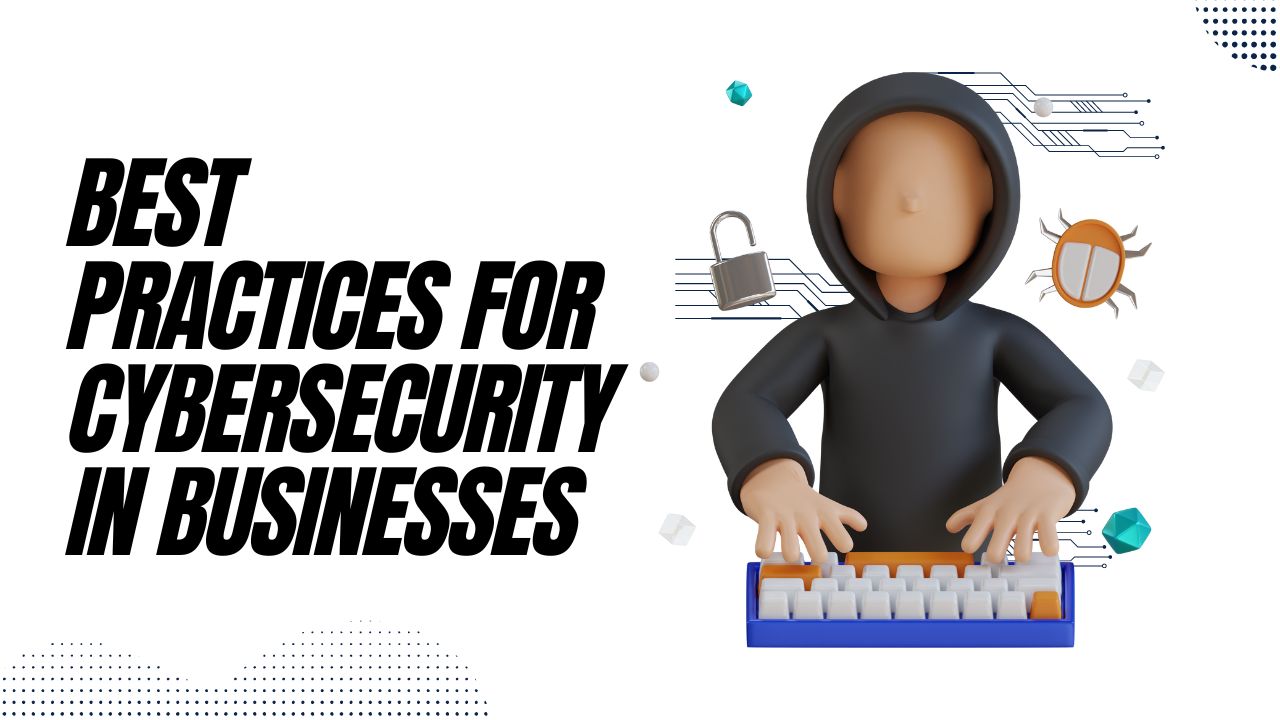The marketing landscape is continuously evolving, and one of the most significant changes is the use of AI in marketing strategies. This powerful technology is transforming how marketers engage with customers, enhance experiences, and streamline operations. In this guide, we’ll cover the best practices for integrating AI into your marketing strategy for 2024.
Understanding AI’s Role in Modern Marketing
What is AI in Marketing?
AI in marketing refers to the use of machine learning, data analytics, and algorithms to automate tasks, personalize experiences, and predict customer behavior. By leveraging AI, marketers can make data-driven decisions that improve the effectiveness of campaigns while reducing costs and manual labor.
Related Post: The Role of AI in Modern Businesses: What’s Changing in 2024?
The Evolution of AI in Marketing Over the Years
The use of AI in marketing strategies has transformed from simple automation tools to sophisticated systems capable of personalizing interactions at scale. In 2024, AI’s capabilities are more advanced than ever, making it indispensable for marketers looking to stay competitive. From AI chatbots to content generation, the technology has revolutionized how brands engage with customers.
Why AI is Critical for 2024 Marketing Strategies
In 2024, consumers expect highly personalized, real-time experiences. The use of AI in marketing strategies allows marketers to deliver this level of customization by analyzing vast amounts of data and identifying patterns that humans might miss. The result? Faster, smarter marketing decisions that can elevate the customer journey and improve ROI.
Key AI Applications in Marketing for 2024
AI-Powered Personalization
Personalization is at the heart of modern marketing, and AI takes it to new heights. AI algorithms analyze user behavior, preferences, and past interactions to create hyper-personalized content and offers. This approach improves customer engagement and increases conversion rates.
Automation and Efficiency Gains Through AI
AI allows marketers to automate repetitive tasks such as email campaigns, ad placements, and social media posts. The use of AI in marketing strategies ensures these processes run efficiently, freeing up time for strategic planning. Automated workflows also allow for real-time responses to customer interactions, boosting satisfaction.
AI in Customer Segmentation and Targeting
AI-driven segmentation tools analyze customer data to create more accurate audience segments based on behaviors, demographics, and buying intent. Marketers can then craft tailored messages that resonate with specific groups, leading to more effective targeting and higher engagement rates.
Predictive Analytics and AI for Forecasting Trends
Predictive analytics helps marketers anticipate customer needs before they arise. By analyzing historical data, AI tools in marketing strategies can predict future trends, allowing marketers to adjust their strategies proactively. For example, AI can forecast which products will be in demand, enabling better inventory planning and more targeted marketing.
AI Tools to Boost Your Marketing Strategy
Personalization Tools for AI Marketing
Tools like Dynamic Yield and Optimizely leverage AI to provide personalized customer experiences in real-time, optimizing everything from website content to email campaigns based on user behavior.
AI Tools for A/B Testing and Experimentation
With AI tools like Google Optimize or VWO, you can automate A/B testing, ensuring that only the most effective versions of ads, emails, and landing pages are deployed. AI continuously refines these tests to maximize results.
AI Tools for Audience Discovery and Segmentation
Platforms like HubSpot and Marketo allow marketers to identify and segment audiences using AI-driven insights. These tools enable better-targeted ads and content based on customer behavior and preferences.
Analytics and AI-Driven Customer Journey Mapping
Tools such as Salesforce Einstein and Adobe Sensei use AI to map out detailed customer journeys. By understanding each step a customer takes, marketers can optimize touchpoints and ensure smoother, more impactful interactions.
How to Implement AI in Your Marketing Strategy
Step-by-Step Guide to Implementing AI Tools
- Assess Your Current Marketing Needs: Identify areas where AI can add the most value, such as automation, personalization, or data analysis.
- Choose the Right AI Tools: Select tools that align with your goals. Consider factors like ease of integration, scalability, and support.
- Train Your Team: Ensure that your marketing team understands how to use AI tools effectively. Training is critical to getting the most out of AI technology.
Defining Clear AI Use Cases in Marketing
Start with well-defined AI use cases in marketing, such as improving customer segmentation or automating ad placements. Having a specific focus helps you measure AI’s impact and align it with your marketing goals.
Integrating AI with Your Existing Tech Stack
Ensure that the AI tools you choose integrate smoothly with your existing platforms (CRM, CMS, etc.). This will allow for seamless data flow and ensure that your AI systems have access to the data they need to function optimally.
Launching a Pilot Program to Test AI Tools
Start with a small-scale AI pilot program to measure its effectiveness before rolling it out across your entire marketing strategy. This approach lets you identify potential issues and make improvements before full implementation.
Best Practices for AI-Driven Marketing in 2024
Focus on Data Privacy and Ethics
As AI becomes more ingrained in marketing strategies, data privacy is a top concern. Ensure that your AI tools comply with data regulations like GDPR and prioritize transparency in how customer data is used.
Leverage AI for Continuous Learning and Optimization
AI systems can learn and improve over time. By continuously analyzing data and customer interactions, AI can adapt your marketing strategies for better results. Always seek ways to optimize your use of AI for enhanced performance.
Involving Key Stakeholders in AI Implementation
AI adoption should be a company-wide initiative, not just confined to the marketing department. Get executives and other key stakeholders involved to ensure alignment with broader business goals and secure the resources you need for successful implementation.
Building AI Expertise Within Your Team
As AI becomes more central to marketing, having AI-savvy marketers is essential. Invest in training your team to use AI tools effectively, ensuring they are up-to-date on the latest AI trends and technologies.
Scaling AI Solutions Across Your Marketing Department
Once you’ve successfully implemented AI in one area, scale it across your marketing efforts. Whether it’s personalization, automation, or predictive analytics, make sure your entire department benefits from the use of AI in marketing strategies.
The Challenges of Using AI in Marketing (And How to Overcome Them)
Data Quality and AI Training Challenges
AI is only as good as the data it’s trained on. Ensure that your data is clean, accurate, and comprehensive. Poor data quality can lead to incorrect AI predictions and ineffective marketing efforts.
Balancing AI with Creativity in Marketing
While AI excels at data-driven tasks, creativity remains a uniquely human strength. Strike a balance between AI automation and human creativity by using AI to handle data-heavy tasks, allowing your team to focus on ideation and storytelling.
Managing Expectations for AI Performance
AI is a powerful tool, but it’s not a magic bullet. Set realistic expectations for what AI can achieve in your marketing strategy and be prepared for ongoing optimization.
Risk Management and Security Concerns with AI Adoption
AI systems can be vulnerable to cybersecurity risks. Work with IT and security teams to ensure that AI tools are secure, and develop protocols for risk management to protect customer data.
AI’s Impact on the Future of Marketing Careers
How AI is Shaping the Skillset of Marketers
AI is transforming the skills required in marketing. Marketers now need to be comfortable with data analytics, automation tools, and AI platforms to stay competitive.
Adapting to AI as a Junior, Mid-Level, or Senior Marketer
Junior marketers are often more agile and quicker to adopt AI tools, while senior marketers bring strategic insight. Both levels can thrive by embracing AI and integrating it into their skillsets.
Preparing for a Hybrid Human-AI Marketing Workforce
The future of marketing will involve collaboration between humans and AI. Marketers who can leverage AI tools while maintaining a human touch will be the most successful in this evolving landscape.
The Future of AI in Marketing: What to Expect Beyond 2024
Predictions for AI Trends in Marketing
AI will continue to evolve, with greater focus on generative AI, which can create content autonomously, and machine learning, which will make marketing more predictive and personalized than ever before.
The Role of Generative AI and Machine Learning
Generative AI tools will allow marketers to produce personalized content at scale, while machine learning will enable more precise targeting and better customer experiences through real-time data analysis.
How AI Will Further Transform Customer Engagement
As AI becomes more sophisticated, customer engagement will become more immersive and personalized. AI-driven interactions will feel more human-like, and customer journeys will become increasingly tailored to individual preferences.
Conclusion
AI is no longer a futuristic concept; it’s a critical component of any effective marketing strategy in 2024. By understanding how to integrate AI into your marketing efforts—while keeping an eye on ethical considerations and data privacy—you can gain a competitive edge, deliver better customer experiences, and optimize your campaigns for success. The time to adopt AI in marketing strategies is now.









